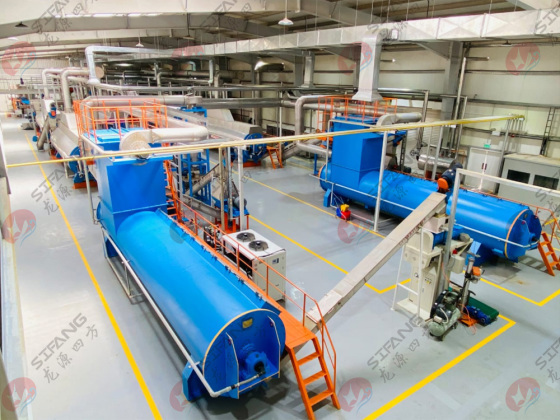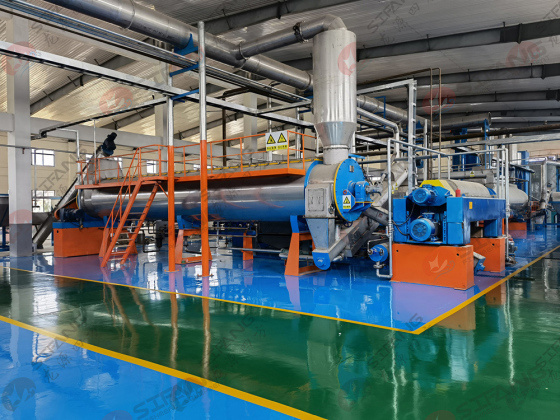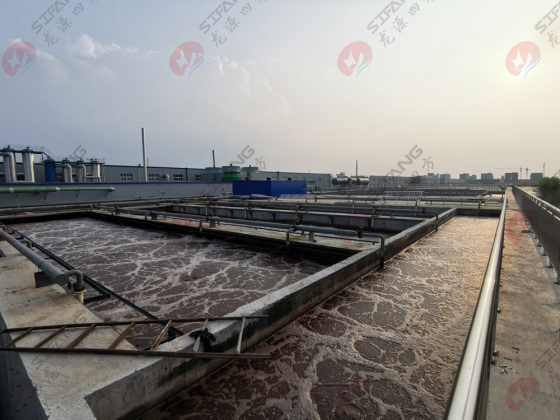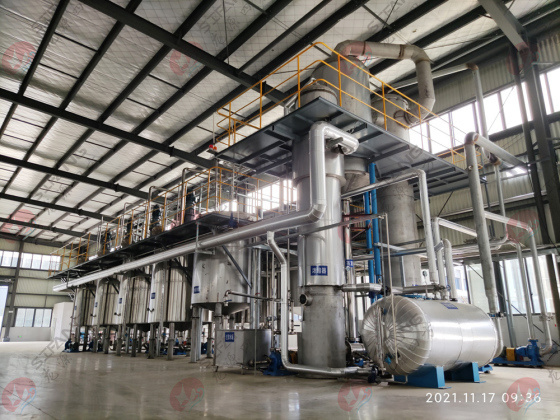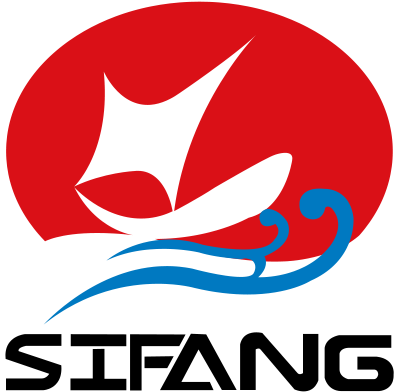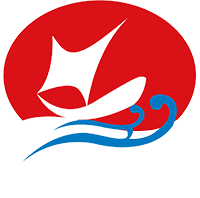Quality Control and Quality Safety of Fish Meal and Fish Oil
2022-05-27 11:21
Freshness of raw materials: The freshness of raw materials is closely related to the protein quality of the finished product. It is very important to shorten the time interval between fresh fish harvesting and processing, and use ice water to keep fresh fish fresh to prevent spoilage. The deterioration of fresh fish produces biogenic amines, such as histamine and cadaverine, which can be used as indicators to judge the freshness of fishmeal.
Freshness of raw materials: The freshness of raw materials is closely related to the protein quality of the finished product. It is very important to shorten the time interval between fresh fish harvesting and processing, and use ice water to keep fresh fish fresh to prevent spoilage. The deterioration of fresh fish produces biogenic amines, such as histamine and cadaverine, which can be used as indicators to judge the freshness of fishmeal.
Ÿ Temperature control during processing: Processing control in factories plays an important role in the production of high-quality fishmeal. Controlling the cooking and drying temperature below 90 °C can improve the nutritional value of the finished product, especially the digestibility of the finished product, and at the same time inactivate the harmful bacteria contained in the raw materials.
Ÿ Fat stability: Fish meal and fish oil have high content of polyunsaturated fatty acids such as EPA and DHA, which are easy to be oxidized and deteriorated. Antioxidants such as ethoxyquin should be added to them, especially in hot environments.
Ÿ Hygiene control: In order to improve the quality of finished products, the devices and equipment for storing fresh fish in fishing boats, transportation equipment, factory fish storage ponds and other devices and equipment must be clean and hygienic to prevent fresh fish from spoiling. Production plants should separate wet and dry, and minimize the flow of personnel and equipment between different production processes. Production plants should take measures to prevent the contamination of finished products by Salmonella or Vibrio cholerae and Shigella. Therefore, the production plant should be guarded against the presence of other insect, animal or bird droppings. Factories should develop a practical sanitation control system.
Farmed animals are a source of raw materials for many human foods. Therefore, safe and hygienic animal feed has an important impact on animal and human health, and the safety of feed and food chain has become the primary goal of the entire industry. The International Feed Safety Alliance (IFSA) is jointly formed by the major European feed industry control associations, including the British Federation of Industry and Agriculture, which is based on the Feed Material Assurance Mechanism (FEMAS), and the Belgian OVOCOM, which is based on Good Animal Feed Manufacturing Practice (GMP) as the standard. Organization, the Dutch Animal Feed Products Committee (PDV) based on the product quality and safety assurance system standard for the feed production industry (GCM+), the German QS organization based on the Animal Feed Quality Standard Manual (QS), and the European Feed Industry Federation (FEFAC) ). The system is based on ISO 19011:2002 and the Hazard Analysis Critical Control Point (HACCP) mechanism, which covers specific requirements for applicants and auditors. The "Hazard Analysis Critical Control Points (HACCP)" mechanism requires external inspectors to identify critical control points, strictly monitor and record relevant information. Once there is any deviation outside the allowable range, the external inspection personnel should investigate immediately, and at the same time record the problems and solutions in detail for inquiry. A quality assurance system ensures that products are safe, pure and traceable.
Traceability: fishmeal and fish oil users can trace the entire process of fishmeal and fish oil from production to transportation and storage.
Safety: The impurities, purity and other indicators of fish meal and fish oil meet the quality standards stipulated by law, and do not contain pathogenic organisms, mycotoxins and natural toxins.
No pollution: Fishmeal and fish oil production plants should only handle marine fish or other marine crustaceans or mollusks, not mammals or birds and other species of animals. Production factories need to establish an effective detection mechanism to prevent fishmeal and fish oil from being contaminated during production and processing.
Previous:
Other
8-Obtained the American Society of Mechanical Engineers (ASME)
2021-08-30
In the past five years, with the continuous expansion of our "Longyuan Sifang" company in domestic and foreign markets, only fishmeal equipment products have covered more than 40 national markets. However, while developing the market, our customer base is also changing. From third world countries to developing countries to developed countries, more and more customers have more and more requirements for the quality control system of products. The higher it is, especially the demand from some customers in Europe and the United States is particularly prominent. Before purchasing equipment, customers in these regions will ask whether the supplier has the US ASME (Asme) certificate or the EU CE certificate. Because the pressure vessel specification under the ASME certificate is the only qualification certificate recognized by the US market, and it is also a necessary condition for equipment manufacturers to enter the US market. In the international market, the American ASME (Asme) certificate is defined as the most widely used and most difficult certificate.
"Longyuan Sifang" new equipment is exported to overseas
2022-05-16
In the production workshop of Zhejiang Longyuan Sifang Machinery Equipment Manufacturing Co., Ltd., workers stepped up to install newly developed fishmeal production equipment. It is understood that in the face of high-standard ecological and environmental protection requirements, the company has invested in the introduction of harmless treatment technology for the production of new equipment, which are exported to the United States, Russia and other countries.

